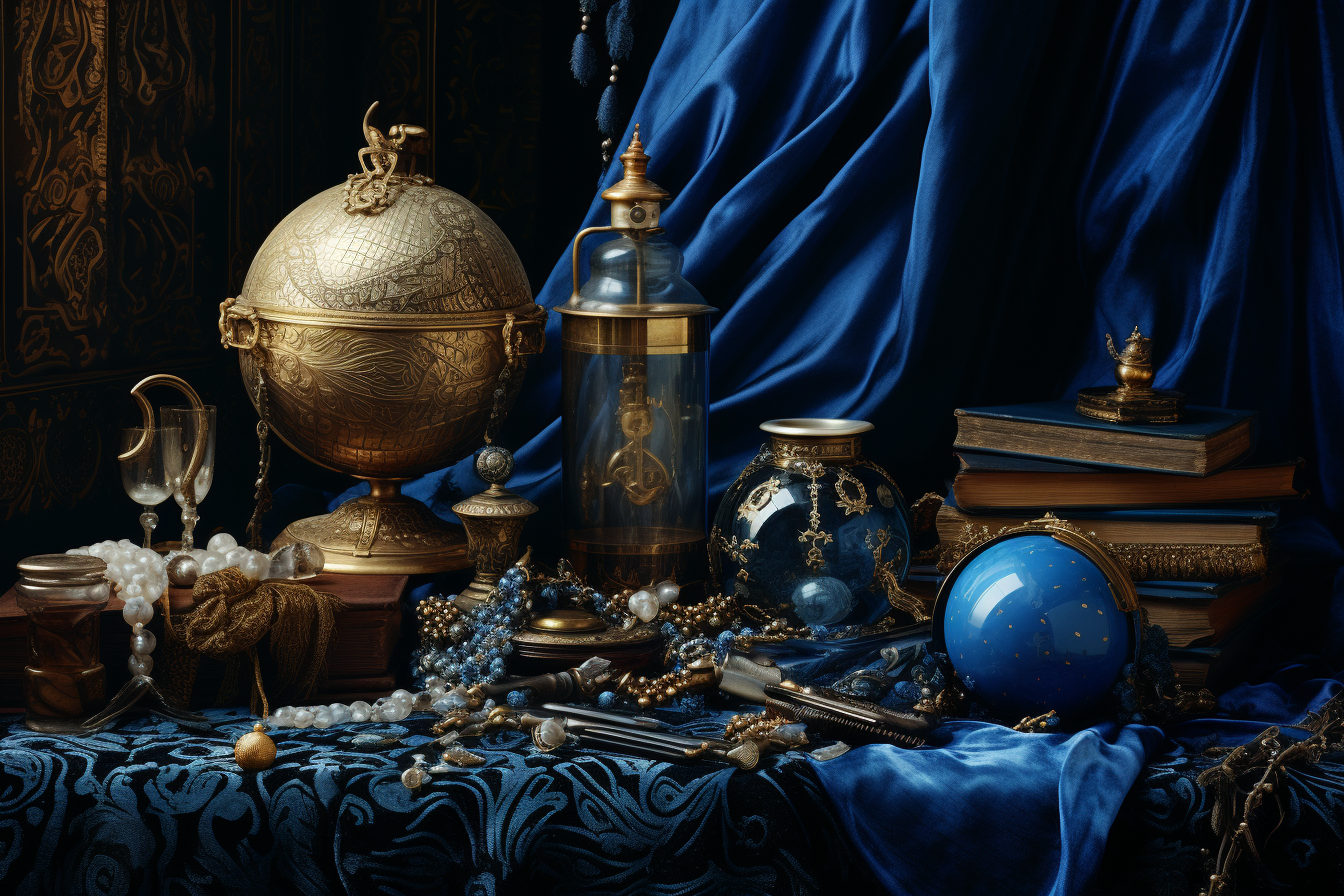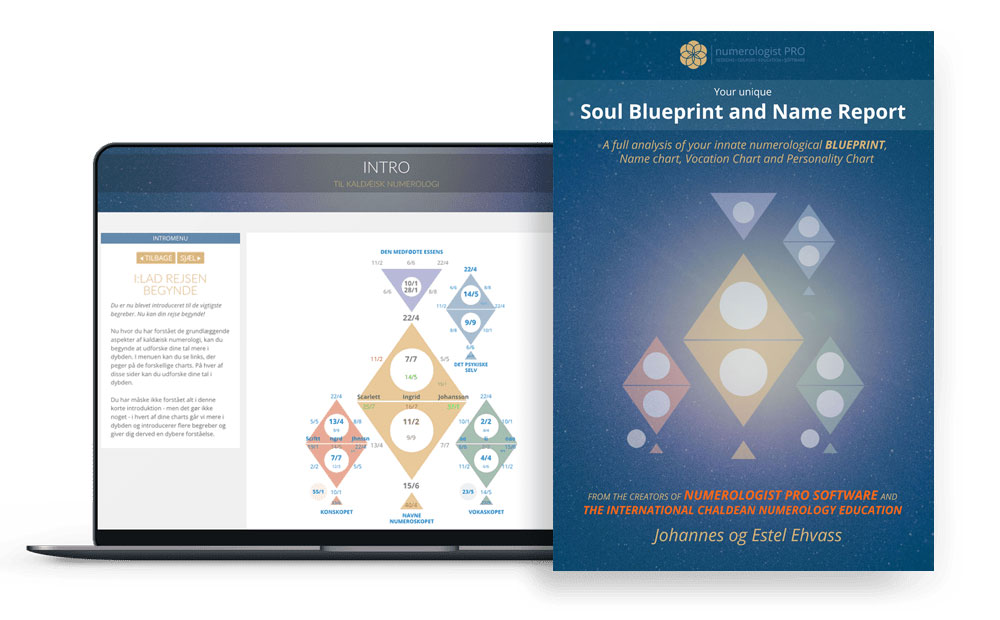The Social Fabric: Astrology in Everyday Renaissance Life

Estel Ehvass
Welcome, dear reader! The Renaissance marked a pivotal time for many disciplines, and astrology was no exception. As society rekindled its passion for the arts and sciences, so too did it revisit the stars. This era, renowned for its rebirth of knowledge, saw astrology intertwine with emerging scientific studies and the broader awakening of human curiosity. The cosmos, during this period, served not just as a guide for destinies, but also as a testament to humanity's relentless pursuit of understanding. Dive with me into this intriguing era, where stars and society found renewed harmony.
Introduction to Astrology in the Renaissance

The Renaissance, a period stretching roughly from the 14th to the 17th century, was a time of profound transformation in Europe. Amidst the revolutions in art, science, and human thought, one might be surprised to learn of the pervasive role astrology played in the day-to-day lives of individuals, from peasants to nobility. It wasn’t merely a subject of academic interest but was deeply woven into the social fabric of the time.
Everyday Dependence on the Stars
Astrology offered Renaissance people a way to understand themselves, their relationships, and their place in the universe. Every major event, whether it was a birth, marriage, or a political alliance, was accompanied by astrological consultations. The stars and planets were considered to have direct influences on the affairs of men, and understanding these influences was seen as key to navigating life’s challenges.
Farmers would consult astrological calendars to determine the most auspicious days for planting and harvesting. Merchants and sailors, on the other hand, would seek astrological guidance to select the best days for their ventures, hoping to ensure success and safety.
Rise of the Astrological Almanacs
Astrological Almanacs: A Mainstay in Renaissance Households
One of the most evident proofs of astrology’s deep roots in Renaissance culture was the widespread popularity of astrological almanacs. These annual publications were a combination of calendars, weather predictions, and astrological forecasts. They played an important role in setting the tone for the year ahead and were considered indispensable by many.
Such almanacs were not just for the elite. With the advent of the printing press in the 15th century, almanacs became one of the first mass-produced items, making them accessible to a wider audience. They often contained monthly predictions, detailing which days were favorable or unfavorable for various activities, from farming to business ventures.
The Art and Science of Almanac Creation
Crafting an astrological almanac was no small feat. Astrologers would meticulously observe the heavens, noting the positions of planets and other celestial bodies. Using intricate mathematical calculations and drawing upon a wealth of traditional astrological knowledge, they would then interpret these observations to create forecasts for the year.
The credibility of an almanac’s predictions could elevate an astrologer’s status. If their predictions proved accurate, they would be sought after, not only by common folk but also by rulers and nobles who wished to harness the wisdom of the stars for their own ends.
The Broader Impact of Astrological Almanacs
These almanacs, in many ways, also served as a precursor to modern newspapers and magazines. Beyond astrological content, they often included articles on various subjects, from medicine to folklore, providing Renaissance people with a broader understanding of the world around them.
Astrological almanacs also played a role in the popularization of certain astrological concepts among the masses. For instance, the idea that one’s birth sign could determine personality traits and destiny began to gain traction during this time, largely due to the information disseminated through these almanacs.
The Renaissance was a time of great change, but throughout those shifts, astrology remained a constant presence in daily life. The reliance on astrological almanacs underscores the extent to which Renaissance individuals, regardless of their social status, sought guidance from the heavens. Whether they were making decisions about their crops, their businesses, or their personal lives, the stars played a crucial role, illuminating the path forward in an uncertain world.
Birth Charts for the Masses
Introduction to Renaissance Birth Charts
The Renaissance era saw not only an explosion of knowledge and art but also a democratization of certain practices that were once confined to the elite. Among these was the creation of birth charts, or natal horoscopes. These charts, intricately mapped representations of the heavens at the time of an individual’s birth, became an essential tool for personal insight.
The Birth Chart: A Glimpse into the Soul
At the core of astrological belief is the notion that the positions of celestial bodies at the time of one’s birth can profoundly influence their personality, destiny, and overall life path. A birth chart captures this celestial snapshot, offering a detailed map of where each planet was in its journey around the zodiac.
The Components of a Birth Chart
At its most basic, a birth chart is divided into twelve sections, representing the twelve signs of the zodiac. Within these sections, planets are plotted based on their position at the time of birth. Each planet, from swift Mercury to distant Saturn, carries with it specific energies and characteristics. Their positions within the zodiac signs and relative to one another give insight into an individual’s strengths, weaknesses, opportunities, and challenges.
Accessibility and the Printing Revolution
While birth charts were not a new invention of the Renaissance, their accessibility was. With the innovation of the printing press, what was once a labor-intensive process became significantly more streamlined. No longer did one need to be of noble blood or vast wealth to have their horoscope cast. Local astrologers, equipped with ephemerides (tables detailing planetary positions) and newfound printing capabilities, could offer their services to a wider clientele.
Applications of the Birth Chart
While personal insight was a primary use of the birth chart, its applications were manifold. They became tools for parental guidance, marital matchmaking, and even career advice. Knowing one’s astrological predispositions could help in making informed decisions about which path to pursue, who to marry, or how to handle personal challenges.
The Rise of Sun Sign Astrology
It’s worth noting that during this period, the seeds of what we now recognize as sun sign astrology were sown. As birth charts became more prevalent among the masses, a simplified system emerged, focusing predominantly on the position of the sun at the time of birth. This sun sign approach, which forms the backbone of many contemporary astrology columns, was a way to make astrological insights even more accessible, albeit in a generalized form.
Elections, Medicine, and More: Astrology’s Role in Decision Making
Electing the Best Moments: Electional Astrology
Electional astrology, a specialized branch of the astrological arts, was particularly prevalent during the Renaissance. Its primary goal was to choose the most auspicious times to undertake significant endeavors, from coronations to weddings, to ensure the best possible outcome.
Applications in Politics and Governance
Monarchs and political leaders often employed court astrologers to help select the most propitious dates for significant state events. The rationale was simple: aligning human endeavors with favorable celestial energies could sway the balance towards success.
Astrological Medicine: Healing with the Heavens
One of the more fascinating intersections of astrology and daily life in the Renaissance was in the realm of medicine. Rooted in ancient traditions, medical astrology posited that each zodiac sign ruled specific parts of the body and that illnesses could be treated more effectively by understanding these correlations.
The Zodiac and the Human Body
For instance, Aries, the first sign of the zodiac, was believed to govern the head and face, while Pisces, the last sign, ruled the feet. If someone suffered frequent headaches, an astrologer might check the position of Mars (the ruling planet of Aries) in their birth chart for clues about the underlying cause or best treatment methods.
Herbal Remedies and Planetary Alignments
Beyond diagnosing issues, astrological medicine also played a role in treatment. Certain herbs and treatments were associated with specific planets. By choosing remedies that aligned with favorable planetary positions, healers believed they could amplify their effectiveness.
To learn more about astrology and medicine please read this article:
Astrology in Medieval Medicine
Conclusion
From understanding one’s destiny through birth charts to electing the best times for crucial endeavors and seeking astrologically aligned medical treatments, the Renaissance period bore witness to the profound influence of astrology on decision-making. The heavens, in their vast and mysterious expanse, served as both a guide and a mirror, reflecting the hopes, fears, and aspirations of an era that sought to harmonize the earthly with the divine.

Johannes & Estel: Renowned authorities in Numerology, Astrology, and the esoteric arts. As the founders of Scandinavia's premier Numerology school, we're delighted to share our insights through this curated series on astrology. Dive in and discover the stars.
The Worlds Most Advanced Numerology Report

Your birthdate reveals your unique life purpose, potentials, talents, weaknesses, and karma in this life.
Your names show what you attract into your life regarding your career, relationships, happiness, money, and success.
GET THE REPORT HERE
Introduction to Astrology
The history of Astrology
Moving beyond deterministic astrology
Foundation of Astrology: Planets, Signs and Houses
Astrology and the Holographic Universe
The Holographic Universe
The Human Psyche as a Mirror to The Solar System
The Human Body as a Mirror to The Star Signs
Astrology Background
Egyptian Astrology
Mayan Astrology
Chinese Astrology
Indian Astrology - Jyotish
Celtic Astrology
Tibetan Astrology
Mesopotamian Astrology
Early Mesopotamian Astrology: The Dawn of Celestial Divination
Enuma Anu Enlil: The Epicenter of Babylonian Celestial Omen Interpretation
Babylonian and Chaldean Astrology
Babylonian and Chaldean Astrology
Chaldean influence and evolution
Chaldean Wisdom: Safeguarding and Transmitting Astrological Knowledge
Hellenistic Astrology
Hellenistic Astrology background
Claudius Ptolemy and Tetrabiblos
Vettius Valens
Dorotheus of Sidon
Persian Astrology
Persian Astrology background
Sassanian Astrology
Late Antiquity and The Transition Period
Late Antiquity and The Transition Period
Hellenistic to Islamic Transition: The Torchbearers of Astrological Wisdom
Islamic Golden Age
Arabian Astrology Background
Arabian Astrology Contributions
Medieval Astrology
Introduction: The Medieval Cosmos
Monastic Preservers: Astrological Knowledge in the Dark Ages
Astrology in Medieval Medicine
Kings, Queens, and Constellations: Astrology in the Medieval Court
The Church and the Stars: A Contentious Relationship
Universities and Scholastic Pursuits: Academic Astrology
Astronomy & Astrology: Tools of the Trade
Medieval Astrological Houses and the Synthesis of Traditions
Transition to the Renaissance: Humanism and the Celestial Arts
Reflections: Medieval Astrology's Echoes in Modern Practice
Astrological Art of the Middle Ages
Famous Medieval Astrologers
Medieval Astrological Texts
Renaissance Astrology
Renaissance Humanism and Astrology
Scientific Advancements and Astrology
The Social Fabric: Astrology in Everyday Renaissance Life
Court Astrologers of the Renaissance
Controversies and Conflicts: Astrology Under Scrutiny
Renaissance Texts and Authors: Continuation of a Tradition
Astrology and Art: Celestial Imagery in the Renaissance
Renaissance Astrological Practices: Evolutions and Innovations
End of the Renaissance: The Gradual Decline of Astrological Influence
Renaissance Astrology's Echo in the Modern World
Enlightenment Astrology
Introduction: The Enlightenment and Astrology
Challenging the Stars: Astrology's Critics during the Enlightenment
Astrology and the New World
Astrology in the 19th Century
The Dawn of Psychological Astrology
Astrology in the 20th Century: A Modern Renaissance
Astrological Associations and Schools
Modern Controversies and Astrology
Astrology and Popular Culture
Astrology and Technology
Current Trends and Future Directions in Astrology
Conclusion: Reflecting on Astrology's Evolution
The Planet Significances
The Sun in Astrology
The Moon in Astrology
Mercury in Astrology
Venus in Astrology
Mars in Astrology
Jupiter in Astrology
Saturn in Astrology
Uranus in Astrology
Neptune in Astrology
Pluto in Astrology
Chiron in Astrology
Black Moon Lilith in Astrology
Pars Fortuna in Astrology
Ceres in Astrology
Houses in Astrology
Introduction to Astrological Houses
The Angular Houses
The Succedent Houses
The Cadent Houses
The 1st House
The 2nd House
The 3rd House
The 4th House
The 5th House
The 6th House
The 7th House
The 8th House
The 9th House
The 10th House
The 11th House
The 12th House
Interaction Between Houses
Derived Houses, House Rulers, and Interceptions
Conclusion: Synthesizing House Knowledge
All Materials © 2023 & 2024 Numerologist PRO
Terms of Service: Information provided by Numerologist PRO and/or from this web site is not intended as advice (medical, psychological, financial or other), nor is it intended to replace your work with a qualified professional (medical or otherwise). You should maintain your relationship with your providers and consider the services of this site as informational only. Any information, stories, examples, or testimonials presented on this website do not constitute a warranty, guarantee, or prediction regarding the outcome of an individual. This web site is a sharing of knowledge and information of numerology/energy work based on the experiences of Numerologist PRO. You are encouraged to make your own decisions based on your own research and inner guidance. By booking and receiving services, you agree to fully release and hold harmless Numerologist PRO and all it's affiliated numerologists from and against any liability or claim that may arise out of or in connection with their service(s).
Numerologist PRO © 2021

CONTACT
numerologist@numerologistpro.com
LIKE US, and get free numerology tools, info about your personal numbers, best business dates of the year - and more!
YOUR FREE NUMEROSCOPE CHART
Enter your name and email below and get access to our free online numerology chart tool.